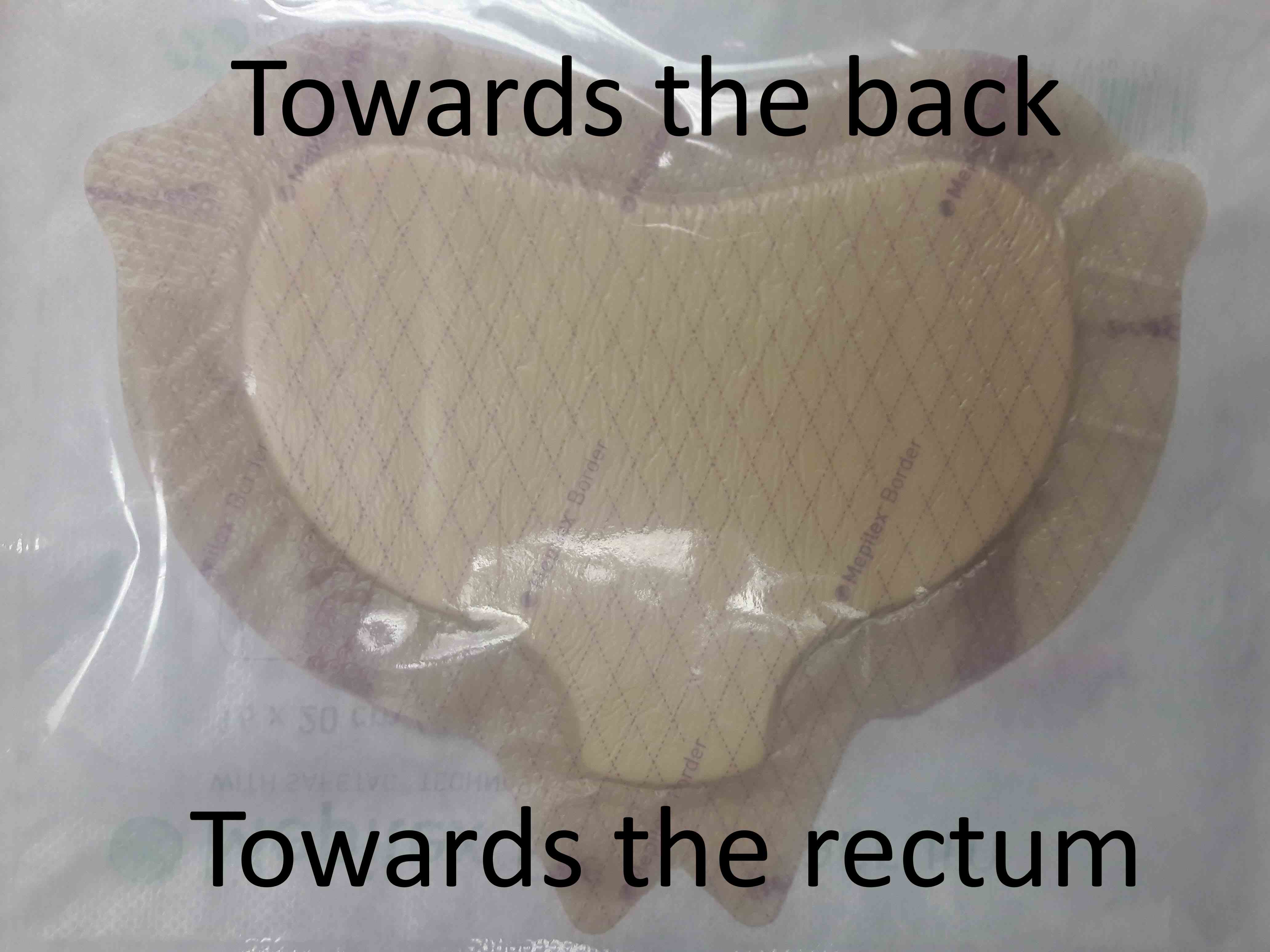Bed Sores Explained in Detail
Working in a hospital, I know how easily bed sores, also known as pressure ulcers or decubitus ulcers, can form. Although they can form on younger patients, older patients get them much easier. It is very important that you do everything you can to prevent your patient from developing one.
What are they? Prevention and Treatment Stages Act Now! Pin
What are They?
So what exactly are they and how are they formed? They are literally sores formed by lack of blood flow to certain areas of the body. The most common being the sacrum which is the bony area in the middle of the buttocks.
Other common areas are the elbows, ankles, and heels. Heel protectors can be worn to help prevent and treat the heels while pillows can help ease the elbows and other areas.
Staying in the exact same spot on a bed or in a wheelchair for a long period of time is the most common way to block the bloodflow to these spots. This can happen very quickly, especially if your patient does not ambulate often or is on bedrest, and can be fatal if not treated.
 Mepilex
MepilexPrevention and Treatment
The simplest way to prevent bed sores from forming is to reposition your patient every few hours. Every two is recommended but every four may be acceptable in some cases. Click here to learn more about repositioning and for a printable turn clock to help remind you when to reposition your patient.
You should also keep your patient dry. Moisture causes the skin to break down more easily which is one of the reasons why you should change your patient's adult diaper or incontinence pad often if they are incontinent.
Barrier cream is a very common cream used at the hospital I work at and rightfully so. It is rubbed on and around the sores and can work miracles for them. But barrier cream alone will not do the job. Frequent repositioning is key.
A mepilex is also commonly used. This device pictured above will help pad the bony prominence known as the coccyx which is the most common area to develop a pressure sore. It also has the added benefit of keeping the area dry. Just be sure to change it once it gets soiled. The wide part goes up towards the back while the narrow part goes down towards the rectum.
 Bed sore stages
Bed sore stagesThe Stages
There are four stages of bed sores.
The first stage is redness around the area. This stage should be a big heads up and convince you to start repositioning your patient immediately.
The second stage is when the skin has broken down in the form of an abrasion or blister. At this stage, you should definitely start using barrier cream if you haven't already. If you reposition your patient often, then this stage should not be a factor.
The third stage is when all layers of the skin have been broken down usually resulting in a very obvious hole. This is especially difficult to heal because there is usually more to the sore on the inside that isn't visible. This stage may require extra medical attention such as surgery in order to heal properly.
The fourth stage is extremely severe and is almost impossible to completely heal without drastic measures. At this stage, muscles, tendons, and in some cases, even bone is visible.
If the sore is considered unstageable, that means something, such as a scab, is blocking the sore therefore, you are not able to tell how deep it goes.
Act Now!
Do not take the issure of bed sores lightly. Even though they are very avoidable, they are still extremely common. They form much easier and quicker than most people realize.
They can cause many unnecessary problems. The little bit of extra time spent preventing them is time well spent. If they already formed, you should spend extra time treating them before they get any worse.
I use a bed called the purple mattress. Click here for my review of it. It is advertised to reduce pressure points. I can tell you from experience that it does distribute pressure more evenly. But does it help prevent bed sores? I have yet to found any studies definitively stating it does but I imagine it would.
Pin this information!
From Bed Sores Explained in Detail to Home
Recent Articles
-
Common Truck Crash Injuries and Legal Remedies - Caregiverology
Jul 19, 25 10:49 AM
Known for its sun-drenched beaches, vibrant arts scene, and bustling maritime industry, Fort Lauderdale is a city that sees heavy traffic both on its roads and at its busy port. Unfortunately, with th… -
Why Expert Legal Help Matters After Serious Injury - Caregiverology
Jul 19, 25 10:35 AM
In Houston, over 67,600 car crashes occurred in 2023, resulting in 290 fatalities and 1,612 serious injuries. That’s roughly 185 accidents every day. -
How Life Care Planners Support Injury Recovery - Caregiverology
Jul 19, 25 10:18 AM
In Los Angeles, life care planners play a vital role in supporting injury recovery, especially for individuals facing catastrophic injuries such as traumatic brain injuries or spinal cord damage.






New! Comments
Have something to say about what you just read? Leave a comment in the box below.